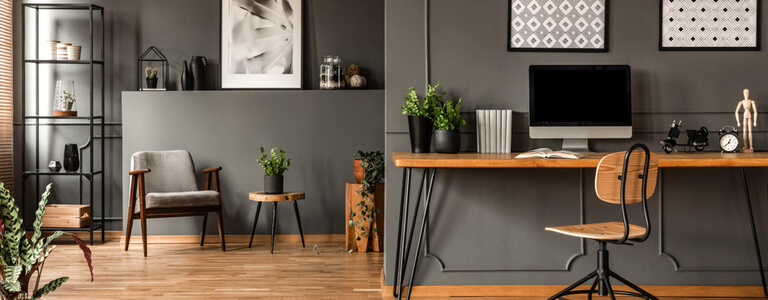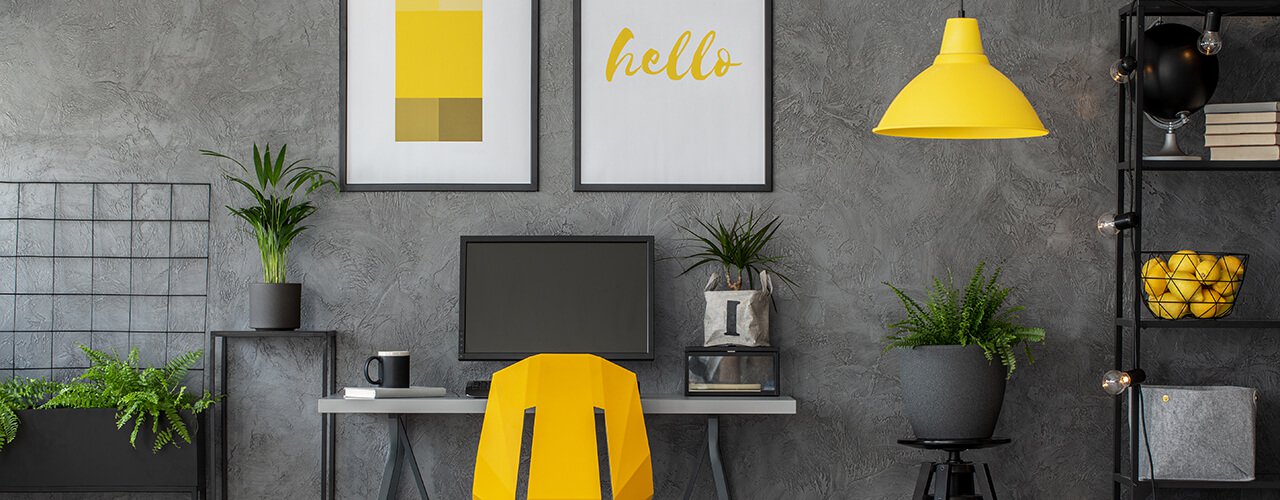By: Lillian Connors, SmoothDecorator
Interior design requires a significant amount of creativity, thought, time and effort to produce the desired result. Likewise, your office interior design will greatly depend on the type of business you’re in.
For instance, if you’re in advertising or a creative industry, your workspace can have a more informal design. But, if you’re in law or medicine, the work environment should be more formal.
Either way, there are major pitfalls to avoid so as not to negatively influence your potential clients or your employees’ productivity. Below are the most common office design mistakes to steer clear of.
No Clear Plan
Producing a great interior design is not just in a day’s work — or even a week’s. It demands focus and commitment to be able to safely experiment within the limits — while still being able to think outside the box, if necessary. It also takes a lot of trial and error before certain ideas can be implemented. One of the biggest mistakes in office interior design is starting out without a clear plan, which can result in a haphazard, messy and chaotic space. Regardless of the line of work you’re in, the competition will always be tough. So, to stay ahead, you need to have a clear plan and offer the best service there is. Without one, you’re headed for a downfall. Instead, use your foresight and make concessions for future advancements in both technology and design.
Excluding Your Staff
Make sure you consult your staff during your planning stage so you can find out their needs and preference. In that case, you’ll be able to create a functional and comfortable workspace that will optimize and boost their performance. As a current master’s degree in interior and product design teaches, effective interior design only works if it produces an environment that is innovative, practical and adaptable to the complexities of life and work.
Thinking Size Isn’t Important
Consider the size of the interior space to create a workspace that is balanced and pleasant. For example, a small office with chunky furniture will look and feel like an obstacle course, whereas a large office with tiny pieces of furniture will seem vast and formidable. In either of these extremes, you could end up with a work environment that is off-putting to both your staff and your prospective customers.

Source: Shutterstock
Mismatching Colors
Color choices have a major influence on the office atmosphere. Sometimes, in an attempt to be original or creative, companies opt for brightly colored cabinets, chairs and carpets. This may be artistic to a point, but if you overdo it, it can be a real eyesore!
Instead, it’s best to stick to a neutral color palette to set a formal foundation, and then include two or three shades for added depth and elegance. For a creative, inspiring atmosphere, add a controlled dose of vibrant tones in a limited number of elements, such as chairs or wall artwork. But, be consistent. Stick to just those few items to create a balanced and unified space.
Not Being Organized
Clutter never looks professional. And, when you’re trying to maximize your office space, interior design can often be overlooked, which can result in a claustrophobic and messy area. Even in an open layout, try to provide your employees with their own personal space. In particular, glass partitions, doors and windows can be effective, elegant solutions to give workers some separation, while still retaining the open feel.
Meanwhile, with so much technology in offices, hiding the wires is another organizational challenge. These messy wires must be kept out of sight, so you need to find a solution to hide them to achieve a professional look.
Not Considering Machines
Your office can look nice and neat with well-organized and appropriately spaced workstations, and without any visible wires showing. However, with all the technology around — such as servers, scanners and printers — there’s bound to be a lot of heat emitted. And, if the equipment is arranged tightly to maximize the space, this could be a problem. As the workday progresses, a setting like this will create a sweaty and uncomfortable environment, which is certainly a disaster that can be avoided with careful office space planning and ventilation.
Inadequate Lighting
Inadequate lighting — whether it’s too bright or too dark — can cause fatigue, headache, eye strain, irritability and decreased productivity. Therefore, it’s important to implement high-quality lighting in moderation. Specifically, the office should be bright enough to work, but not so bright or dim that makes it difficult for employees to see or concentrate.
It’s also important to consider the color of lighting. For instance, yellow light is effective in creating a formal vibe in conference rooms, but it simply won’t do in an average work environment.
An office interior design should be functional and comfortable so both employees and potential clients feel inspired in the space. By avoiding the pitfalls mentioned above, you can create a work environment that will help your team successfully move forward.









